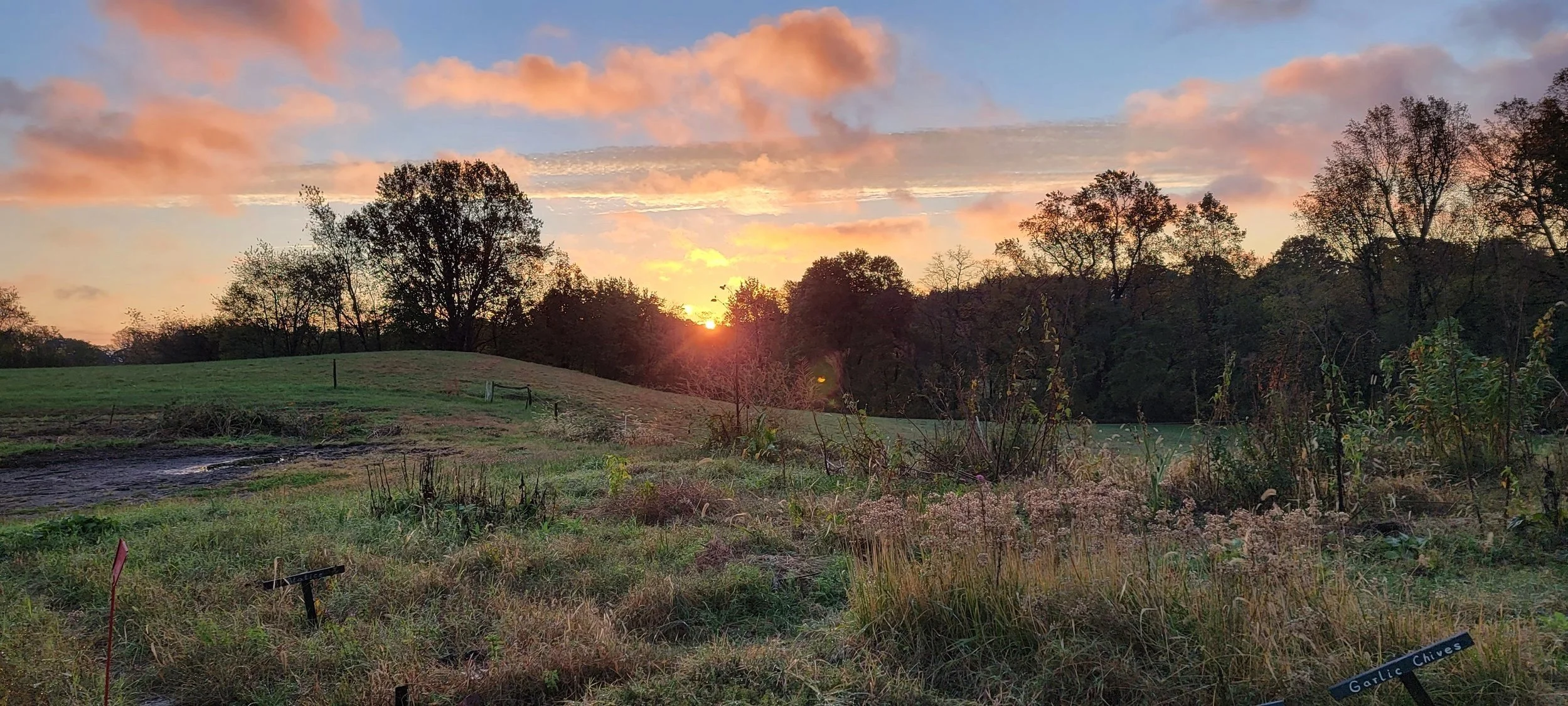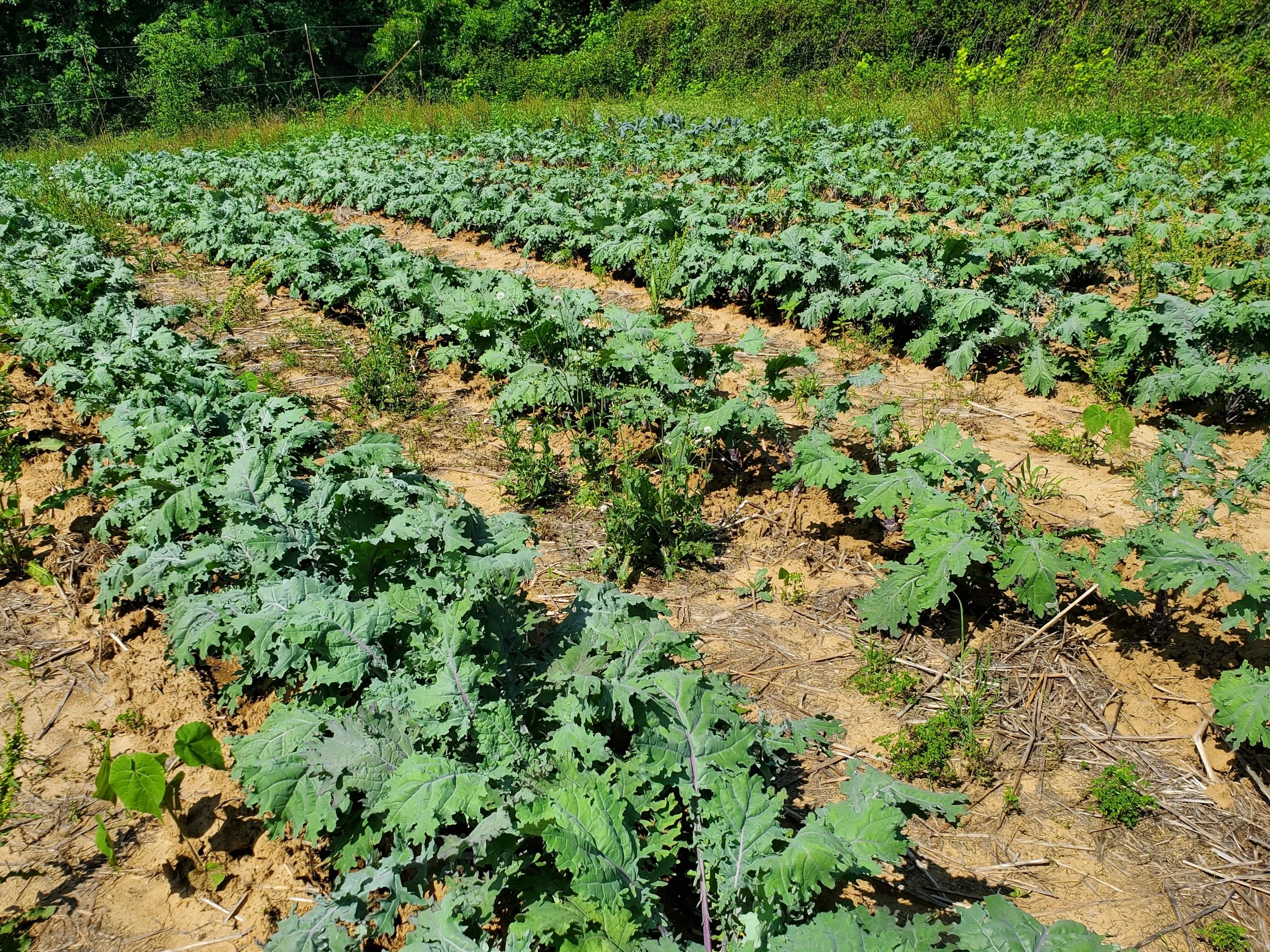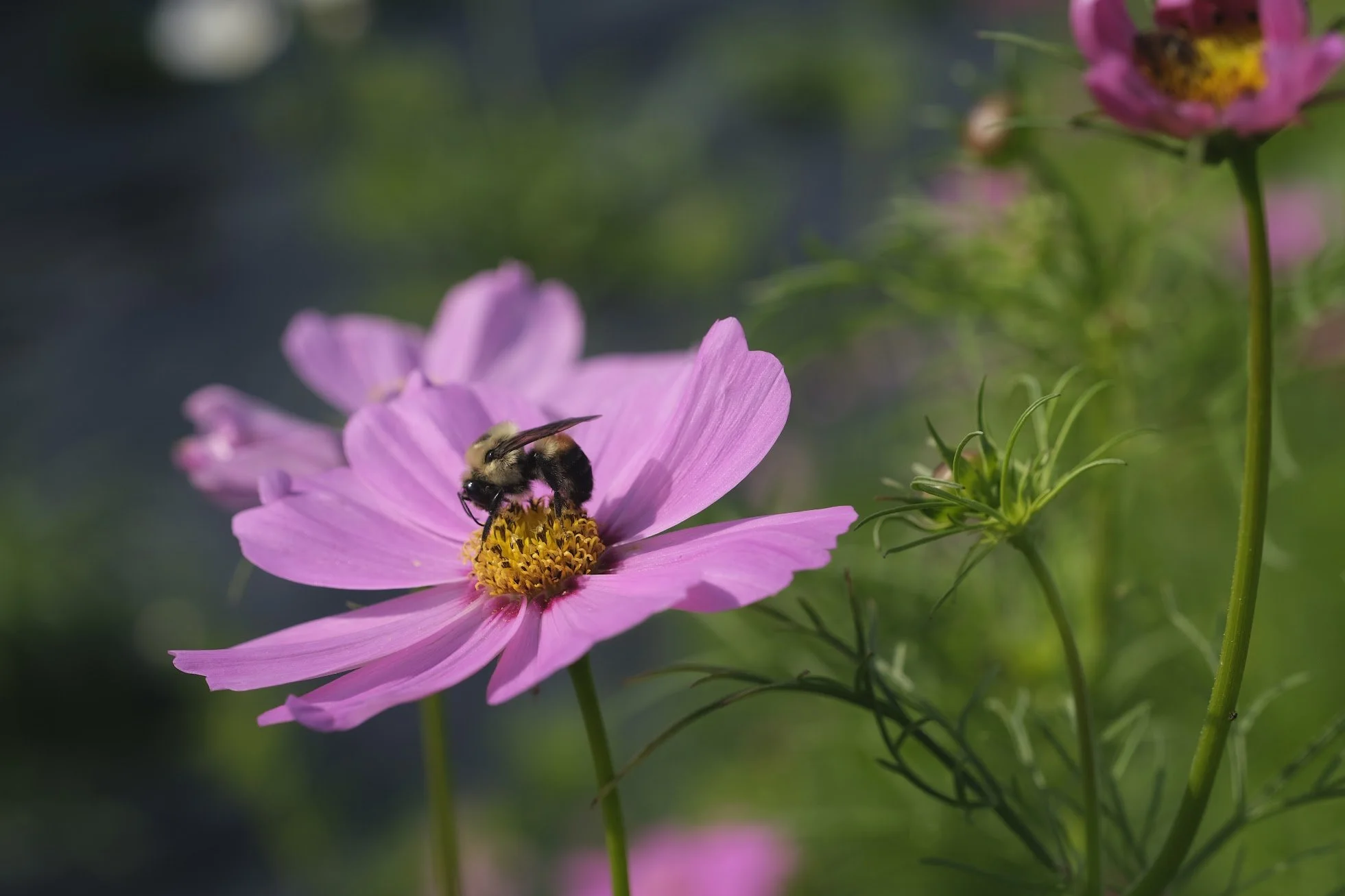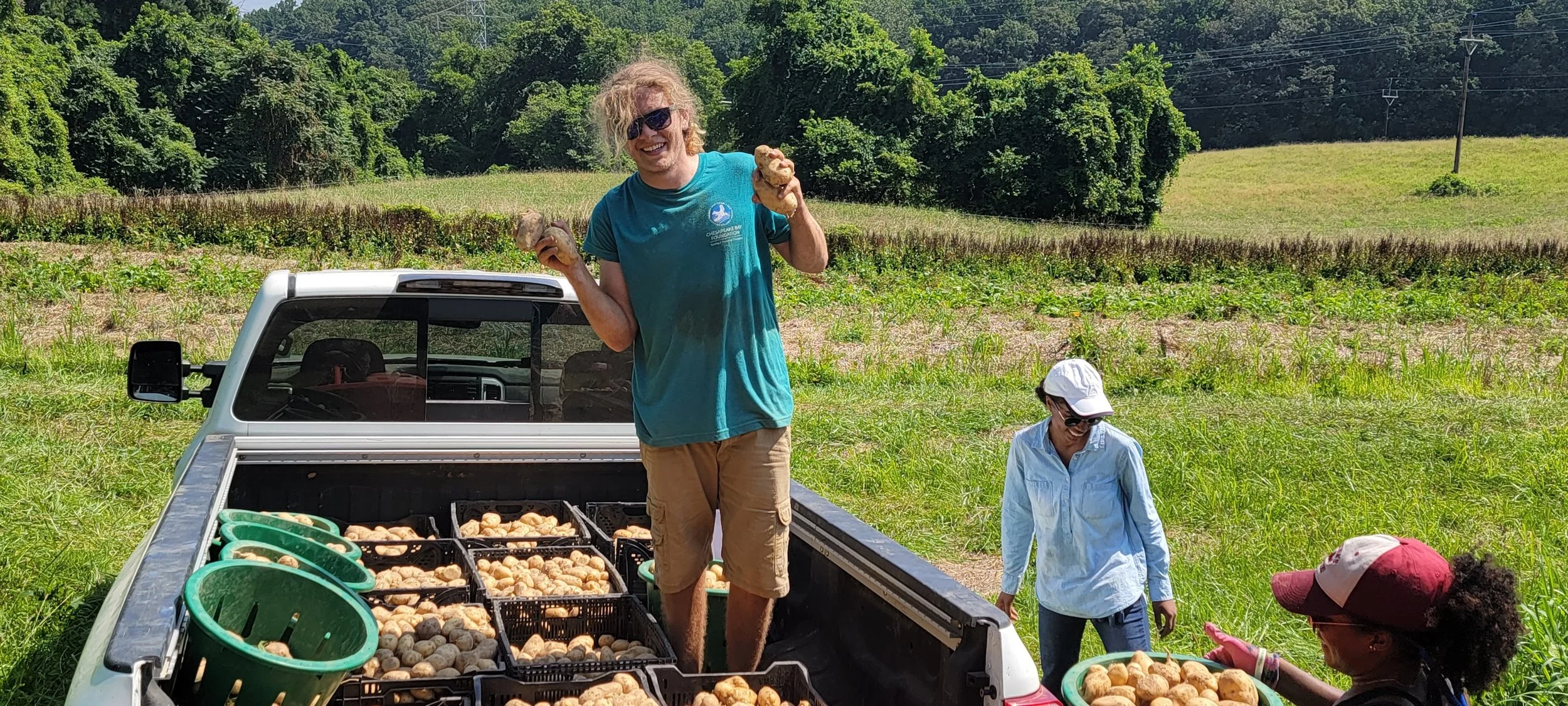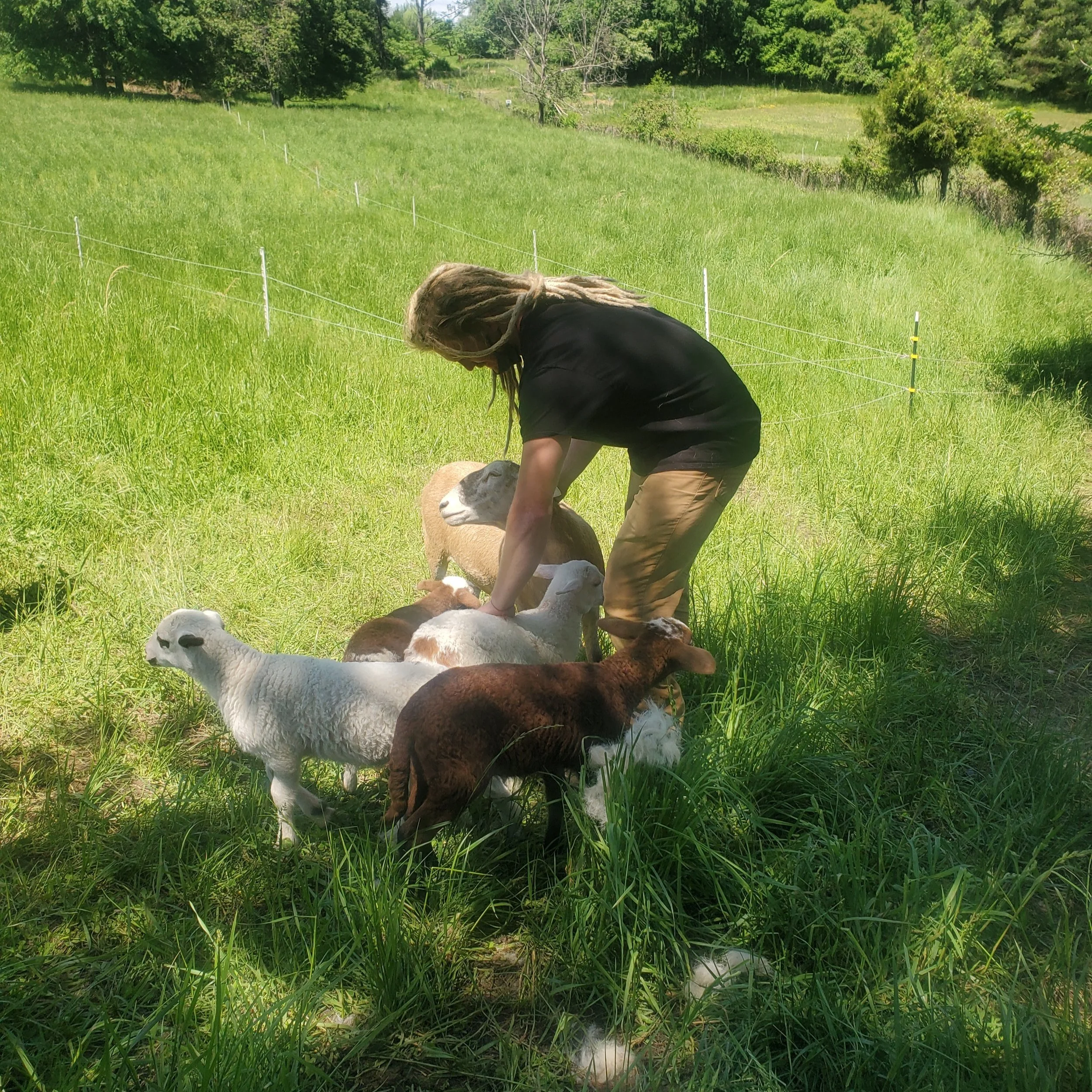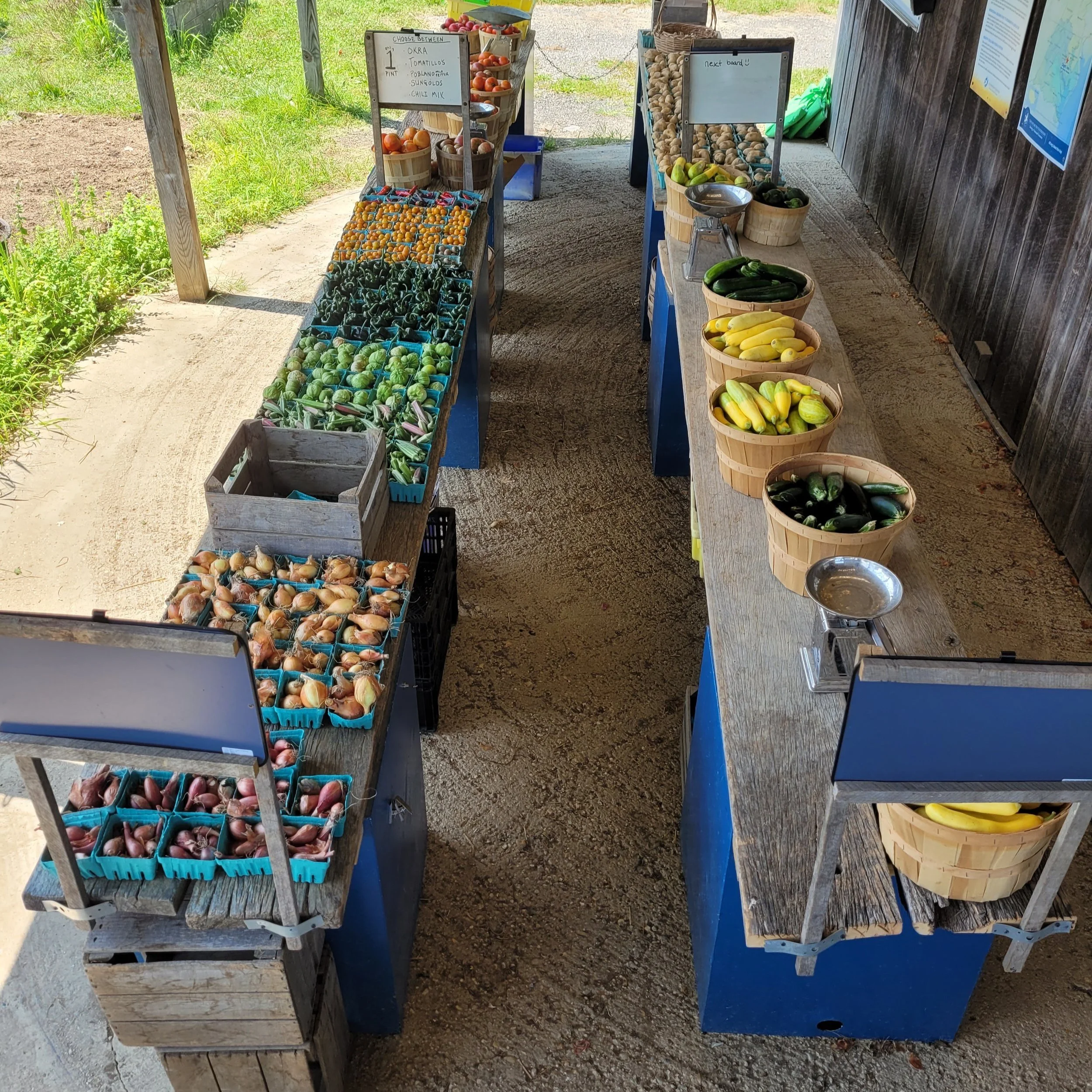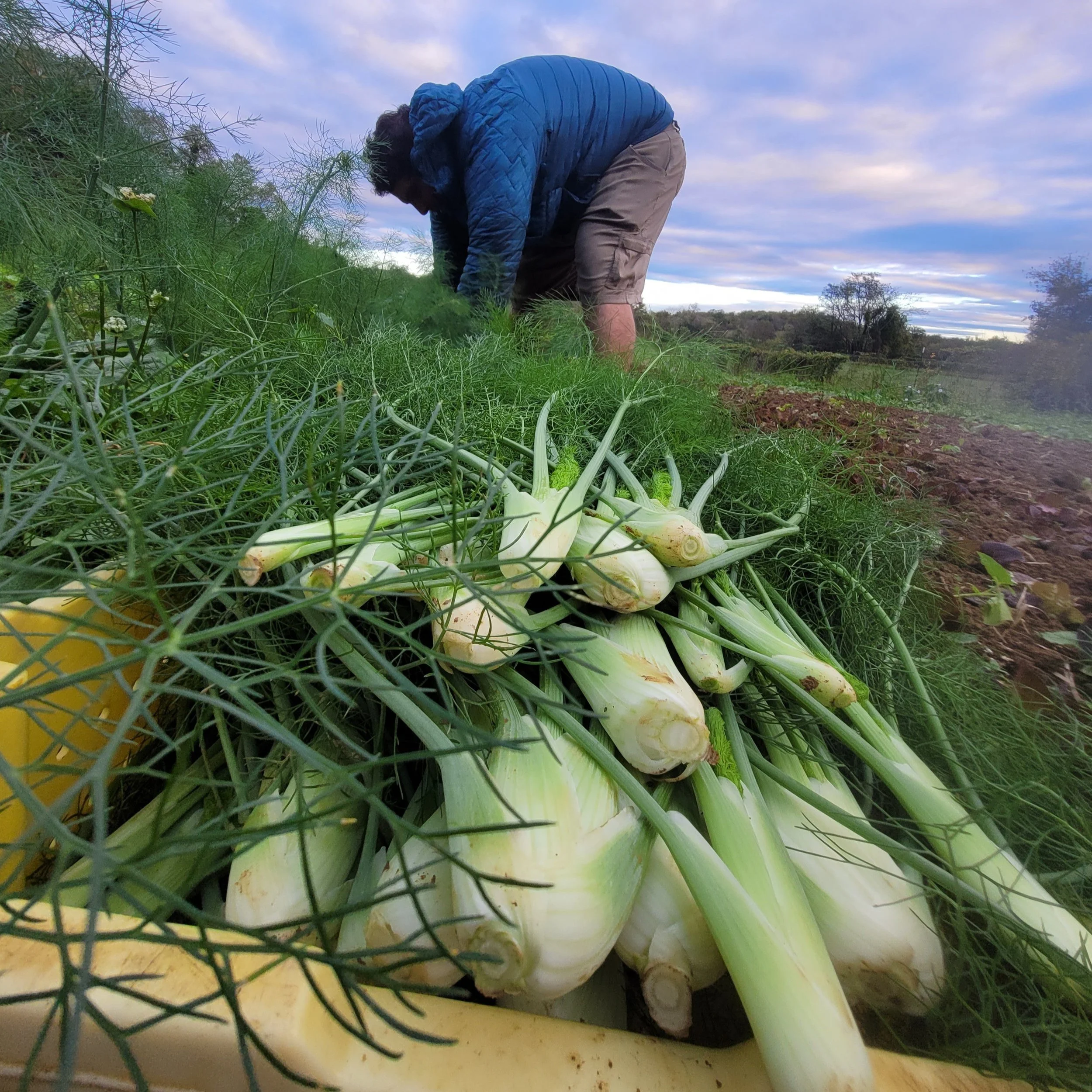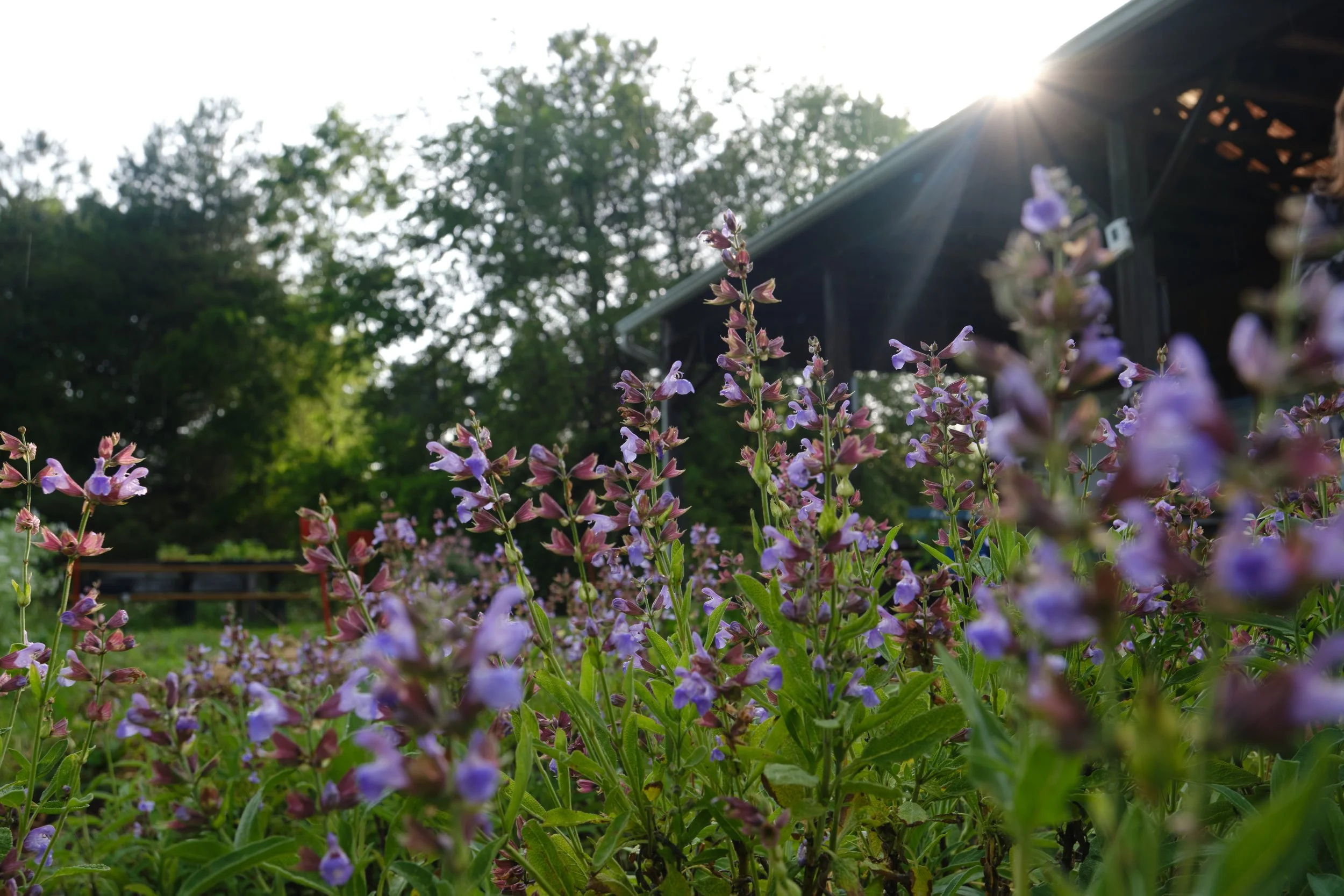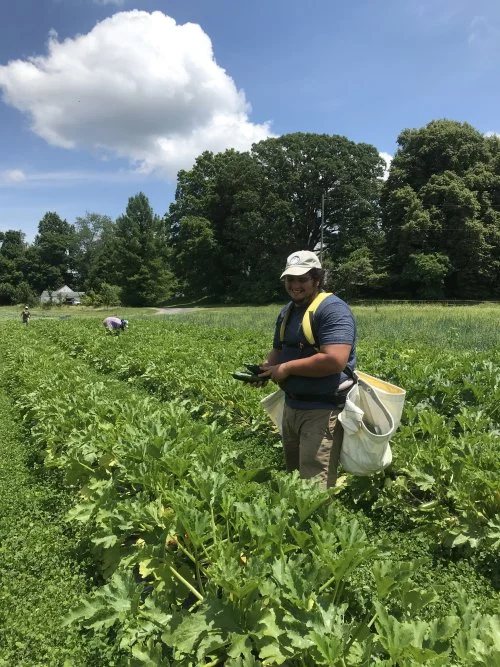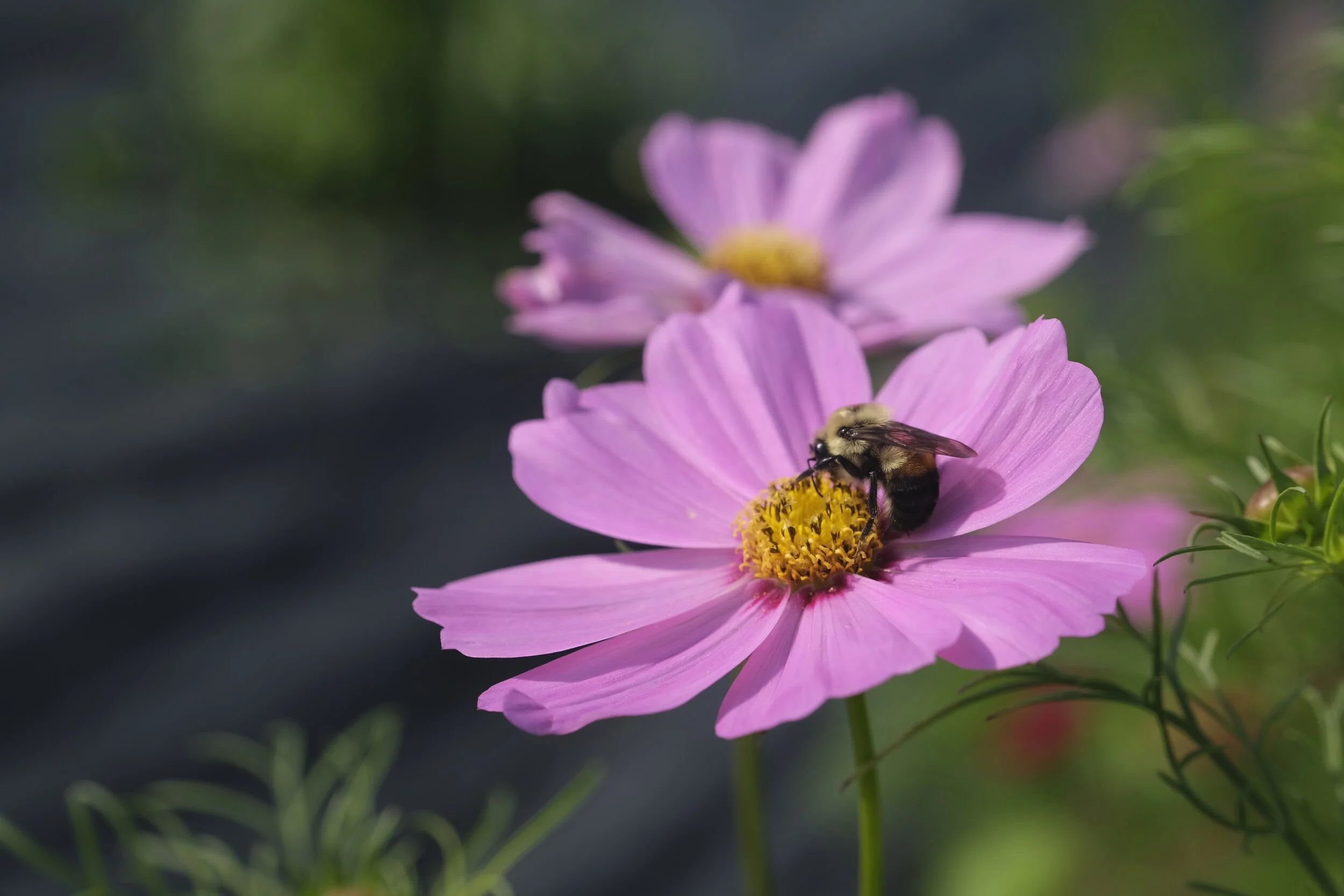To Our Dupont Shareholders,
We recently received news that the Dupont Circle property that housed our CSA pick-up location had been sold. This put our whole team in a difficult situation and, after much deliberation, we have made the difficult decision to discontinue CSA pick-ups at the Dupont Circle location.
On the bright side, we will still offer pick-ups on Wednesdays and Saturdays at Clagett Farm, just down the road in Prince George’s County.
If you would like to join us for this year’s CSA season but are concerned about transportation, consider an arrangement with others in your area and rotate which shareholder picks up for the whole group. This would lessen not only the numbers of drives but also your collective carbon footprint. The Clagett Crew is also happy to help coordinate if we have any interested parties so please let us know if that’s you!
However, we do realize that this may not be convenient or even possible for everyone and that this may be goodbye for now. Hopefully you’ll still join us for future events at Clagett Farm. (Keep an eye on CBF’s event calendar as the weather gets warmer.)
While it is sad to end such an amazingly supportive community relationship, this could also be a great opportunity to explore other inspiring farms in your own neighborhood. Here are some standout farms that are either based in or deliver to Washington, DC with CSA programs of their own.
DC Based Farms:
Common Good City Farm · Three Part Harmony Farm
Cultivate the City
Delivers to DC:
Even’ Star Farm · Little Farm Stand· Owl’s Nest Farm
Lancaster Farm Fresh Co-op · Washington’s Green Grocer
You can also check out CBF’s Buy Fresh Buy Local Chesapeake resource page to access our food guide and find farmers’ markets, farm to table restaurants, and more across DC and Maryland.
Whichever path you choose, please take with you our sincerest thanks for al the support you’ve given us over the years. And know that you will always be a part of the Clagett Farm story.
With gratitude,
The Clagett Farm Crew


